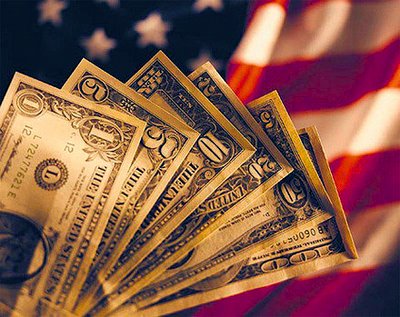US economists: "Jobless" recovery to reach bottom at start of 2010
 Washington - The US economy will start adding jobs some time in the first quarter of 2010, ending a so-called "jobless" recovery that has plagued the world's largest economy since the summer months, according to a survey released Monday.
Washington - The US economy will start adding jobs some time in the first quarter of 2010, ending a so-called "jobless" recovery that has plagued the world's largest economy since the summer months, according to a survey released Monday.
But the National Association for Business Economics (NABE), which surveyed 48 top US economists from October 24 to November 5, warned the gains would be minimal and unemployment would remain high through the entire year.
NAPE said the US unemployment rate would average 9.6 per cent in the final three months of 2010. It currently stands at 10.2 per cent, the highest rate in 26 years.
The US economy pulled out of its deepest recession in seven decades some time over the summer, growing at a 3.5-per-cent clip in the third quarter.
But jobs are still being lost, putting President Barack Obama under pressure to take more action to stimulate job growth. Congress is considering adopting additional stimulus measures in December.
But the NABE economists warned that government debt was already dangerously high and suggested it was better to simply let the economic downturn run its course.
"While the recovery has been jobless so far, that should soon change," said NABE President Lynn Reaser, who is also an economist at Point Loma Nazarene University. "Within the next few months, companies should be adding instead of cutting jobs."
In the survey, 45 per cent of economists suggested the Obama administration reduce public spending levels in 2010, while 41 per cent said the current fiscal stimulus measures were about right. Only 15 per cent said more stimulus was needed.
The US budget deficit ballooned to 1.4 trillion dollars, or 10 per cent of economic output, in the 2009 fiscal year, which lasted until the end of September.
NABE also raised its growth forecast for 2010, predicting a 3.2- per-cent growth rate over the year, but said households were likely to fall behind in the broader recovery.
Consumer spending will remain "lackluster" as Americans get used to saving more and spending less. The rate of saving by Americans is expected to reach 4 per cent, the highest level in 12 years.
US Federal Reserve Chairman Ben Bernanke last week said he expected modest growth in 2010 but warned of "important headwinds" that could derail the recovery, including constrained bank lending and the ongoing job losses. (dpa)